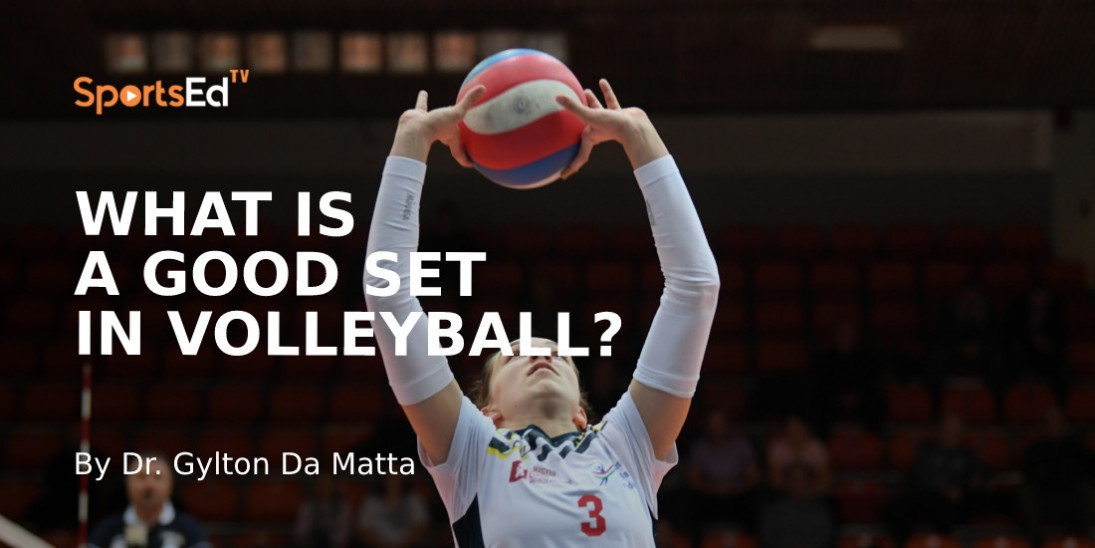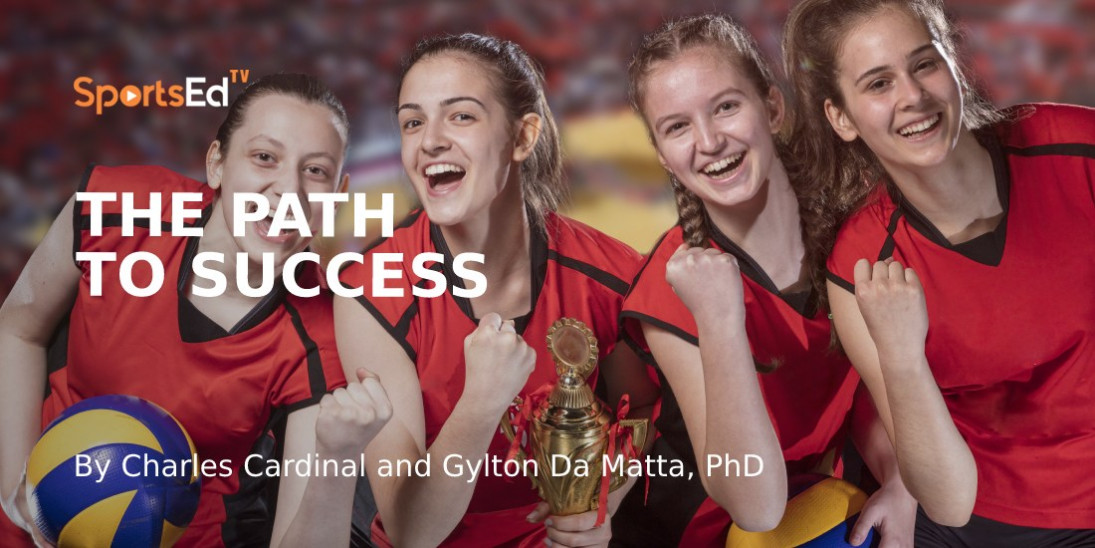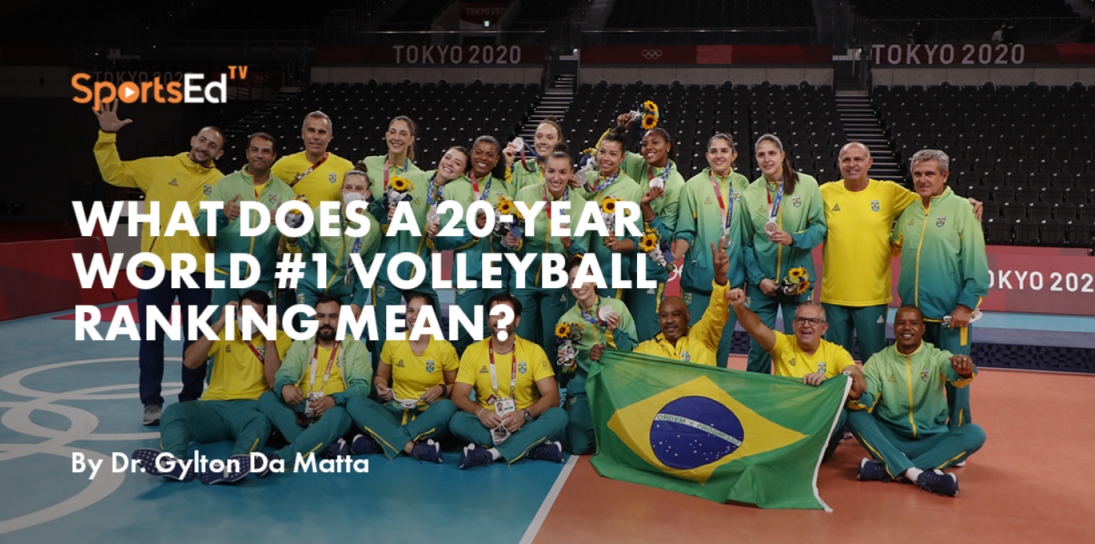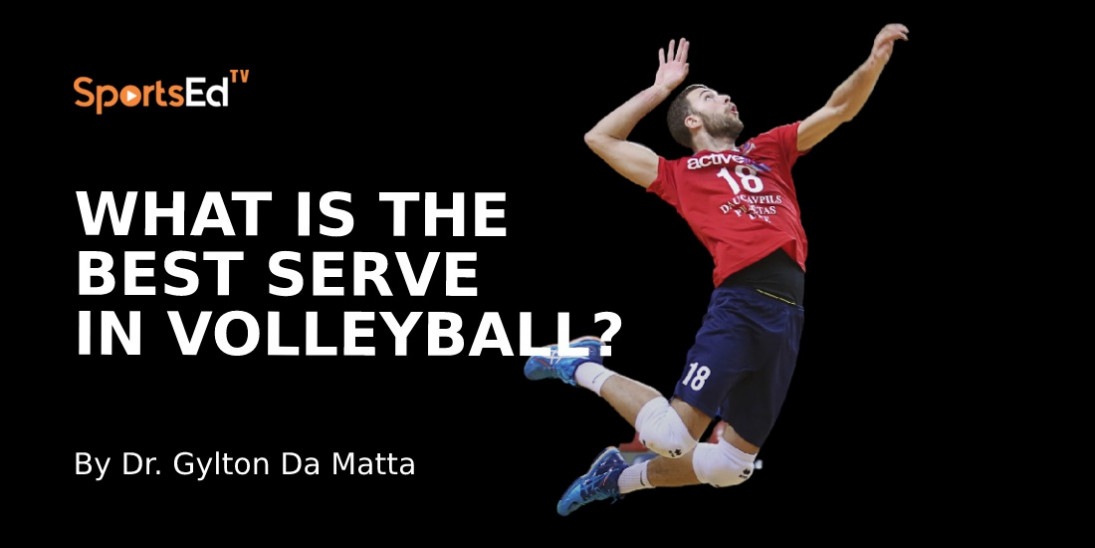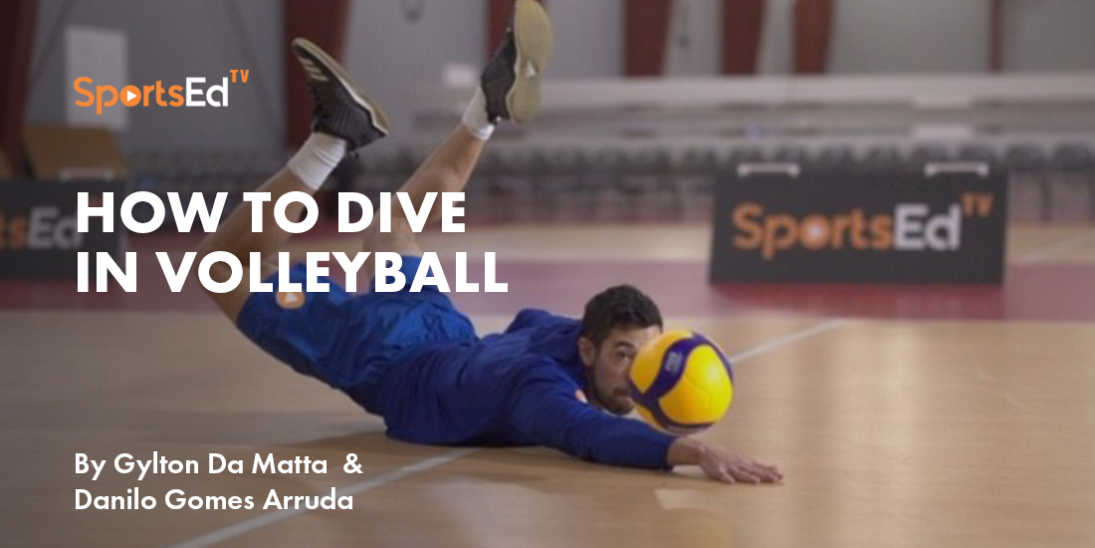Volleyball
Welcome and thanks for visiting...

Three Tasks to Improve & Refine Spiking in Volleyball
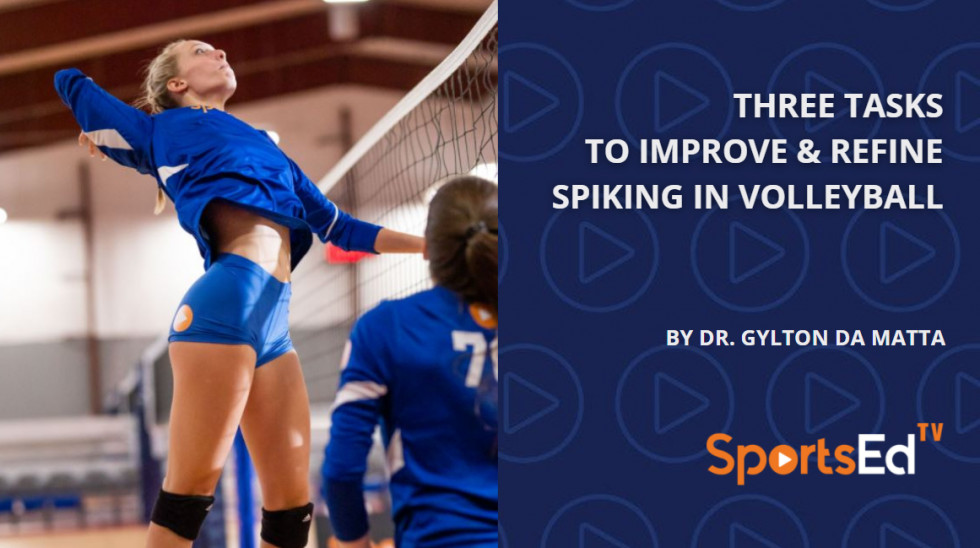
Learning how to spike efficiently and properly is one of the ultimate learning goals of every volleyball player. At the YOSA Volleyball Club, we coach children to learn all fundamentals of the game, but the attention to teaching attacking is critical not only because it is the skill that determines winning but, above all, to assure the health, wellness, and safety of all players. As a volleyball person, I share all of my knowledge with players, coaches, PE teachers, parents, and administrators. We also participate in the USA High-Performance program and at the professional level, we consult professional volleyball teams across the Western volleyball world. Teaching spiking has become one of our specialties and the three most foundational spiking drills are the throwing to spike (a), switch in the air (b), and spike off-hand (c) refinement drills. In the Volleyball Deliberate Practice Method, the application of Motor Learning and other scientific principles embrace a developmentally appropriate movement analysis and technical tactical applications in volleyball. These practical, professional, and procedural tasks in nature, epitomizes the FIVB Coaches Manual and what the most successful coaches recommend.
A literature review of my new book, 21st Century Volleyball Expertise defines motor learning in sports as the study of the processes involved in acquiring and refining sports skills. Motor learning offers techniques and strategies that work for sports coaches daily. Conceptually knowing how to do (procedural knowledge) or knowing how to talk about (declarative knowledge) addresses basic concepts that objectively elicit the best practices and the best instructional sequences and progressions to learn sports skills (Da Matta, 2021).
In this article, I combine the most successful tasks in my method that volleyball players and volleyball campers have reported being the most effective and most efficient to them. Over the past 20 years, I have done hundreds of clinics in the United States. Camps and clinics required a high success rate of teaching effectiveness. In some clinics, I had three hours, and in others, I had five days during a summer camp to teach very challenging and complex skills. The implementation of the three refinement tasks represents the best way to facilitate learning of volleyball spiking from throwing to striking to spiking. Doing a volleyball clinic in a high school or middle school is the best way to teach elite volleyball skills for beginners. Why? In many, college camps the clinic is too short, too expensive and the clinic is often designed to showcase the university to a 6'5" prospect or to a player who can reach 10" high. Onsite camps allow each high school athlete to have a fair shot to learn and to enjoy the high school ambiance, according to the educational values and high school sports philosophy. Moreover, you have time to teach intermediate and advanced level refinement spiking tasks specifically to fit the needs of the athletes. These three refinement tasks match the learning environment and the volleyball learning context at any level, however, the following tasks, can also be done by any volleyball player at their own homes, back yard, garages, and local parks.
Applying Motor Learning Principles to Spike in Volleyball
The purpose of the Volleyball Deliberate Practice is to create a system of training advanced youth and elite players based on their level of expertise. These tasks are designed to maximize learning and increase the capacity of performance of volleyball players who are already advanced performers. When top-level players have an injury or when they return from more than two weeks of interruption of their practices, it is recommended that they engage in practicing the tasks designed in the Volleyball Deliberate Practice so they can return to the top of their performances without the risk of getting injured. From a developmental standpoint, these three tasks represent the rock foundation of acquiring all spiking skills at the initiation, at the scholastic, at the elite, and the recreational levels. Moreover, the pedagogical applications allow teachers and coaches to correct players' techniques in both indoor and outdoor modalities. A good example of an athlete who learned all of this sequence from the bottom up is Laura Boozer (South Carolina inductee of Volleyball Hall of Fame).
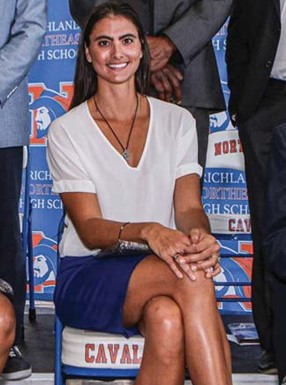
National volleyball star, now a top volleyball coach, Laura Boozer from Northeast High School in Columbia, is a Hall of Fame inductee. Laura Boozer has learned volleyball with Dr. Da Matta from 15-18 years of age and had a successful volleyball career at Clemson University. Like Laura Boozer, more than 200 hundred volleyball players have earned a spot at a volleyball college program.
Review, revisit, and revise:
Summary of previous articles
The Strong Connection: The Chain of Muscles in Volleyball Attack
Chin up! Diving in the World of Volleyball Defense
As a quick review, I would like to emphasize the importance of athletes extending their bodies to perform advanced shots, reaching the ball at their maximum reaches, being able to talk, think and move efficiently, and finally, following through at the midline of their bodies to facilitate landing and the transition phases of attacking. This concept activates the myotatic reflex, the summation of joints, and the chain of muscles during the spike execution. When the movement concept is efficient there is little waste of movements, the variability is low, and the player can relax through the execution of the whole movement. The relaxation will allow the player to perform advanced shots and be calm to “see” the block, the court, other players and thus, deliver a great spike as an expert!
MAIN GOAL:
Describe how the three most successful refinement tasks in spiking. A. Throwing a mini-ball (3” or 5” diameter) using the efficient spike approach on external/ internal focus of attention. The process embraces a multitask progression of rhythm, coordination, and kinesthetic dispositions as a prerequisite (See Spiking Progression – SportsEdTV Instructional Videos). B. Started holding the ball in the non-dominant hand, the player executes the full spike approach and throws a mini ball from a switch at the peak of the jump. C. Striking the mini volleyball off the opposite hand, eliciting, and fully simulating the volleyball spike but focusing on the landing phase with balance and control.
WHY/PURPOSE:
If the player cannot control his/her own body executing a complex movement task, how can he/she execute the spike without fully mastering his/her body technique? Learning complex skills such as a volleyball spike takes time. I have been successful in teaching proper spiking skills in three to four days. I have seen lots of players mentioning that they have tried to do attacking progressions in many different contexts, but they have not been successful in mastering a movement form that would be safe and injury-free. Contradicting the essence of motor learning many have reported that coaches do not know how to develop an efficient teaching progression for spiking or simply did not have the patience to go through the whole learning process.
HOW:
The rock foundation of spike approach, variability of practice: Doing the same thing a little bit different!
- Throwing the MiniVolleyball with a volleyball spike approach by holding the ball in their dominant hand.
- Holding the ball on the non-dominant hand, execute the full spike approach and at the peak of the jump switch the ball above the head and then, throw it down, finish the arm in the midline.
- Holding the ball on the non-dominant hand, execute the full spike approach and at the peak of the jump, instead of throwing, strike or spike the MiniVolleyball off the hand. Keep holding the ball until the moment of the strike/ spike/ contact with the ball.
HOW TO APPLY: Continuing the same principle of application. Coaches and teachers can implement this task by adding passing footwork then execute task 1, task 2, and task 3.
Coaches can also simulate a defense and immediately ask players to get into their hitting lanes and then, spike off the coach's toss.
For some volleyball players, a forward progression works perfectly! For others, a holistic approach or a back wise progression is the trigger for real learning and transfer to occur. The important principle consists of adapting and adjust all strategies to the needs and characteristics of the learners (the athletes)!
The important criterion of application is to repeat the same tasks multiple times adding refinements or adding other fundaments such as pass + spike or dig + spike, or even, block + retreat from the net + spike.
A full spiking progression can be taught in two hours (synthetic method) or three days (analytical method) but using the SportsEdTV Spiking Progression plus the implementation of these three refinement tasks, I have seen volleyball players learning how to spike in three days. E.g. Gadsden High School Alabama, Bishop England High School, Wando High School and AC Flora in South Carolina, Catawba High School, Mallard Creek, and North Henderson High Schools in North Carolina and Blevins Middle School and Poudre High School in Fort Collins, Colorado.
Feedforward vs Feedback: Feedforward and be proactive in your planning sessions.
Caution when selecting tasks to improve complex skills. In the attempt to develop a good teaching task sometimes coaches create tasks that might not be as successful. Either the task breaks the flow of the movement or the movement concept in which the task is rooted is flawed. One of the reasons relates to the fact that certain tasks constraint the flow of the movement at hand instead of contributing to the learning of such movement form. For instance, some coaches like the task in which the players switch the ball behind their backs in the back pendulum phase. This task is not developmentally appropriate because it takes the rhythm of the movement off. Moreover, the back pendulum happens at a 35 – 40-degree angle (anatomical position of arms in the back extension). When players try to hold and switch the ball behind their back the angle zero degree, constraints and affect the trunk position thus, hindering the intended movement. One more point…during the refinement stage the player (beginner or not) need to be able to "see" the ball and all components involved in the movement, therefore, executing the refinement tasks in front of the body where players can see the ball is congruent and facilitates the learning process of the spiking technique. In the Volleyball Deliberate Practice Method, we believe in the feedforward approach. Another example deals with a lack of content knowledge. In Spain, after observing five tournaments and attending two national clinics, I noticed that the Master coach was teaching the volleyball arm swing without including the full forward extension of arms before engaging the trigger position to spike the ball. All players were stiff, looked uncoordinated and awkward in the air. If you know that certain techniques and strategies do not work, be proactive and use the feedforward approach instead of feedback. Also, anyone can download our instructional videos and compare them with videos of your players.
Conclusion:
Hundreds of successful volleyball players (and coaches) have adopted these tasks and have been learning proper form in spiking. These feedback and refinement tasks are especially important for tall volleyball players during their intermediate to advanced skills acquisition phases. Volleyball players who are 6”3 – 6’8” (1,85 m – 2,00 m) tall require more feedback towards incorporating these advanced techniques into their movement repertoire. I am thrilled to announce that since 2016 I have been consulting volleyball with some of the top programs in the United States (USA High Performance) as well as with teams from Denmark, Argentina, Germany, Poland, Ireland, Spain, Portugal, U.S. Virgin Islands, Greece, Singapore, Japan, Peru, Colombia, and Brazil. These concepts are all originated from volleyball players and volleyball coaches from Brazil. The Brazilian Confederation of Volleyball has collaborated 100% with our project to develop skills for teaching volleyball for children all over the world freely. All players from the Brazilian volleyball team have agreed to participate in the SportsEdTV instructional videos. We would like to recognize our partnership with Brazil and with great humility express our gratitude for such generosity. Meanwhile, we extend our invitation for other world-renowned teams to join us in our mission to disseminate volleyball, injury-free, so children can play it for a lifetime and be positive leaders and citizens in their communities.
I am thrilled with the possibility to go across the United States and any country to teach coaches’ seminars and to do volleyball clinics for top high school players who want to bring their skills to the next level. Please contact me at gdamatta@sportsEdTV.com and please support our work by donating to our SportsEdTV Foundation.

